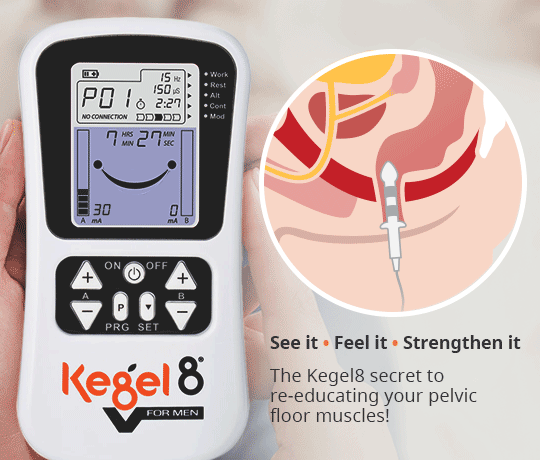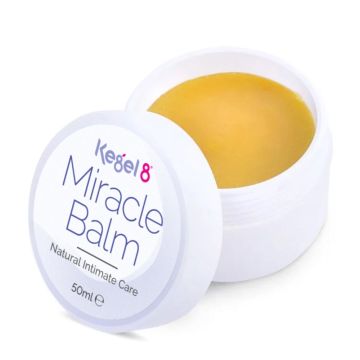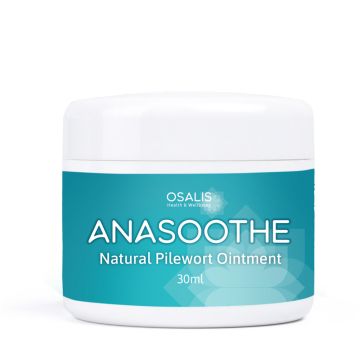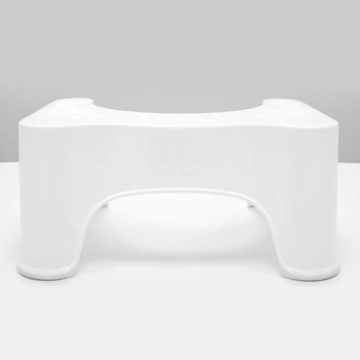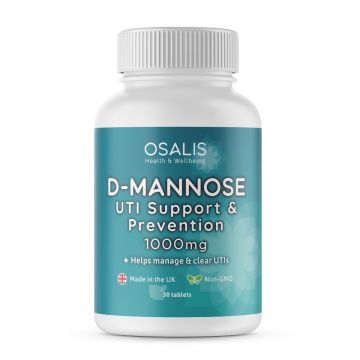Haemorrhoids, or piles as they are more commonly known, are much more common than you may think.
They are caused when veins in your lower rectum and anus become enlarged, swollen and inflamed. Anyone, of any age, can develop piles, but they are more common in pregnant women and people who suffer from constipation.
If you're suffering from piles, there are things that can be done to help, so don't suffer in silence! It's thought that by the age of 50, half of people have suffered with piles at least once. ABC News from the USA reported (December 2012) that 'haemorrhoids' was Google's biggest health search term of 2012, so if you suffer with piles, it might be a relief to know that you're not alone!
What are Piles?
Haemorrhoids or Piles are swellings in and around the rectum and the anus that contain enlarged and swollen blood vessels. In most cases, people may not even know that they have them, but severe haemorrhoids can be painful and itchy.
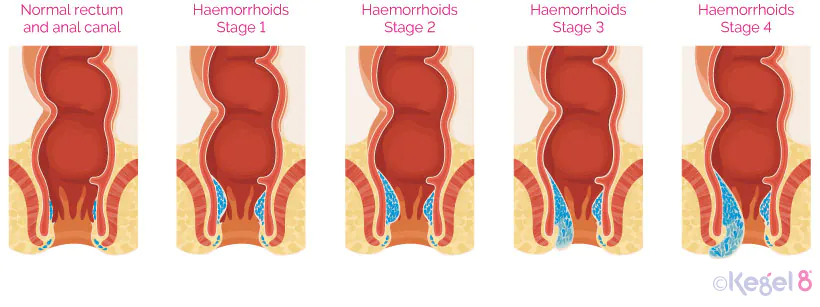
What causes Piles?
It's not known exactly what causes piles. Sometimes piles occur completely randomly, and they can happen to anyone, male or female, of any age. However, constipation is thought to be a trigger for piles as the straining can put pressure on the blood vessels in that area.
Other things which may increase your chances of getting haemorrhoids include:
- Being overweight
- Prolonged constipation
- Pregnancy
- Being over 50 - as you get older, your tissues get weaker, which increases your risk of getting piles
- Frequent heavy lifting
- Prolonged diarrhoea
It's also thought that if people in your family have suffered from haemorrhoids, you may be more predisposed to suffering them too.
Are there different types of Piles?
Piles are classified as either first-, second-, third- or fourth-degree. First- and second-degree piles are the most common and the least severe.
First-Degree Piles - these are small swellings on the inside lining of the anus. These aren't visible from the outside and heal themselves with conservative treatment.
Second-Degree Piles - these are larger swellings - they may appear when you go to the toilet, but then disappear back inside again. These can usually be cured with conservative treatment too.
Third-degree Piles - these are more severe. They are small lumps that are visible from outside the anus and hang down; they can be pushed back inside.
Fourth-degree Piles - these are the most severe type of piles and are large lumps that hang down outside the anus. They cannot be pushed back inside.
1st and 2nd degree piles usually settle down by themselves after a few days and don't require any treatment. 3rd and 4th degree piles, if they are painful, may require treatment.
Treatment for Piles/Haemorrhoids - Female
Pelvic floor exercise... It's true - Kegels can help with piles! If you suffer from piles or constipation, it's really important to strengthen your pelvic floor muscles. NICE guidelines advise against using an anal probe if you're suffering from haemorrhoids, but you can use vaginal probes or programmes with skin electrodes to strengthen your pelvic floor muscles and help with haemorrhoids.
Treatment for Piles/Haemorrhoids - Male
Pelvic floor exercise... It's true - Kegels can help with piles! If you suffer from piles or constipation, it's really important to strengthen your pelvic floor muscles. NICE guidelines advise against using an anal probe if you're suffering from haemorrhoids, but you can use programmes with skin electrodes to strengthen your pelvic floor muscles and help with haemorrhoids.
How do Kegel Exercises Help Piles?
- They help to prevent haemorrhoids by increasing blood flow to the anal region and improving blood circulation - bad blood circulation contributes to developing hemorrhoids!
- Kegels strengthen anal muscles. Strong anal muscles provide good support for internal haemorrhoids and prevent existing ones from enlarging or protruding!
- If you're suffering from piles, Kegels can help to tighten tissues and control leaking around the haemorrhoid problem areas.
Other Treatments
Treatment for 1st and 2nd degree piles is usually conservative and involves a few simple lifestyle changes - the main thing is to try to avoid constipation as much as possible by following these simple steps:
- Try a 'squat stool' or toilet stool like the Go Better. This allows your body to be in the prime position for total ease of bowel elimination, with 90% less straining and fuller elimination every time you go to the toilet.
- Drink plenty of water to keep your bowel movements soft and regular.
- Increase the amount of fibre in your diet by eating wholegrain breads, cereals, fruit and vegetables. Aim to eat 25-30g of insoluble fibre a day.
To soothe mild haemorrhoids, if they are sore or itchy:
- Use moist toilet paper to clean your bottom.
- Pat the area around your bottom rather than rubbing.
- Use over-the-counter creams. These do not cure haemorrhoids, but help with the symptoms of inflammation and itching.
- Corticosteroid Creams: this can be prescribed by your GP if the inflammation is particularly bad, but shouldn't be used for more than a week.
- Painkillers: if your piles are particularly painful, you can take an over-the-counter painkiller such as paracetamol. Your doctor can also prescribe painkilling cream containing local anaesthetic.
- Laxatives: if you are constipated, this will make your piles worse. You can take over-the-counter laxatives such as those containing Senna, or your GP can prescribe laxatives.
If your piles/haemorrhoids are particularly severe and don't respond to more conservative treatment options and lifestyle changes, then your doctor may refer you for a surgical procedure to help treat them. There are a number of different surgical treatments that can help to treat piles:
- Banding: this is a procedure that is used to treat third-degree piles. It involves a very tight elastic band being placed around the base of the haemorrhoid to cut off the blood supply. Within approximately seven days, the haemorrhoid should drop off. This is usually performed with a simple local anaesthetic and most people are back at work the next day, though you may feel some pain or discomfort for a couple of days.
- Injections/Sclerotherapy for Piles: this is where a chemical is injected directly into the blood vessels in your back passage. This works short-term by numbing the nerve endings which should relieve the pain, and it also works to harden the haemorrhoid so that after 4-6 weeks it should shrink or shrivel up. You should avoid exercise for a day or so and may feel some minor pain, but most people go back to work the next day.
- Surgery: for severe third and fourth degree piles, sometimes surgery is recommended if other treatments have not been successful. This involves curring out the haemorrhoids and is known as a haemorrhoidectomy. It is carried out under general anesthetic (you will be asleep) and you will need a week or so off work to recover.
The main thing is to try to avoid constipation. Not only can constipation lead to haemorrhoids and can aggravate them if you're already suffering from piles, straining to go to the toilet is also really bad for your pelvic floor! Avoid constipation by eating plenty of fibre-rich foods and drinking plenty of water, and strengthen your pelvic floor to avoid and treat piles.
With a few simple lifestyle changes and Kegel8 exercises, you can help free yourself from the pain, itching and embarrassment of haemorrhoids and piles.




